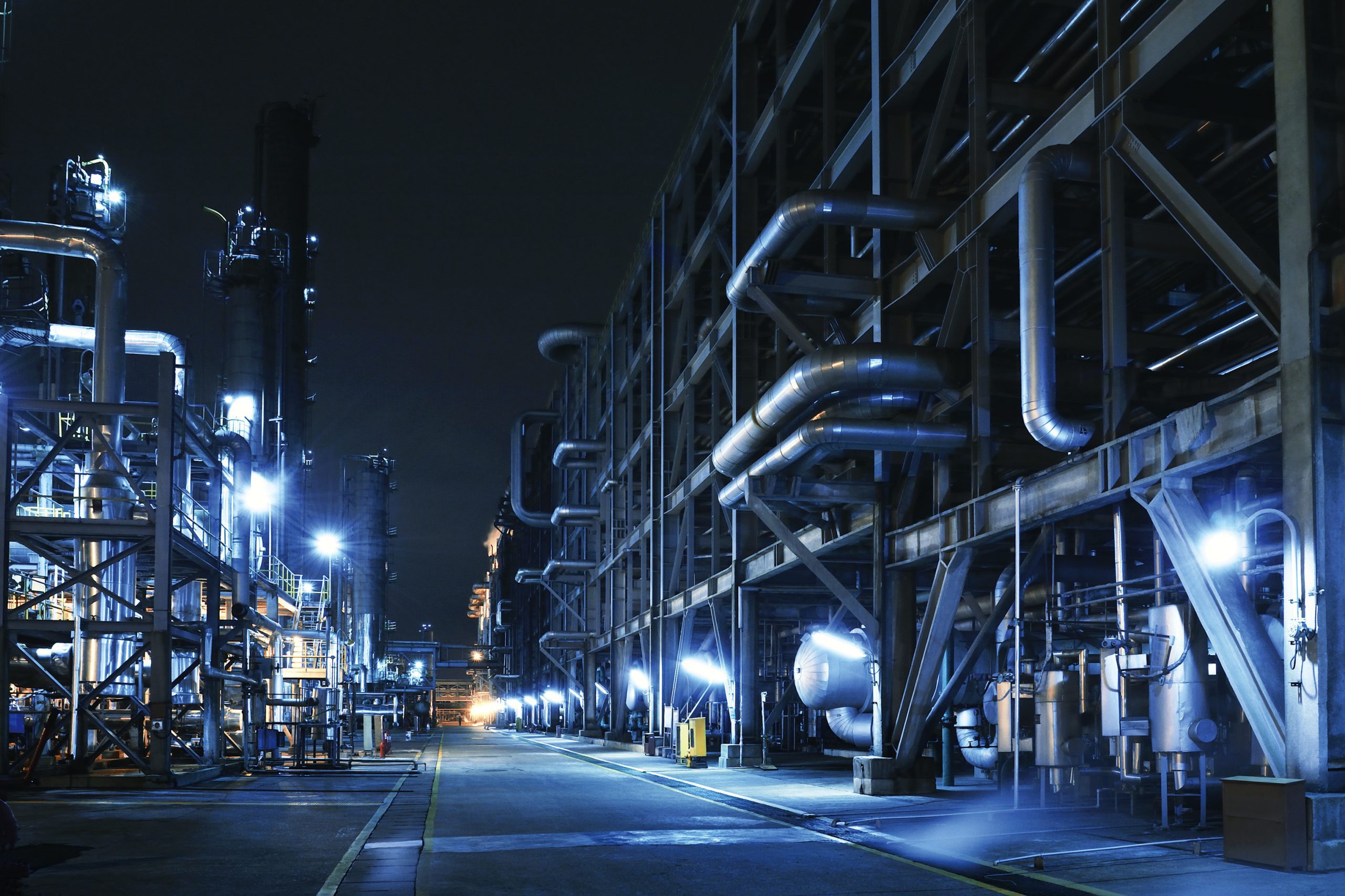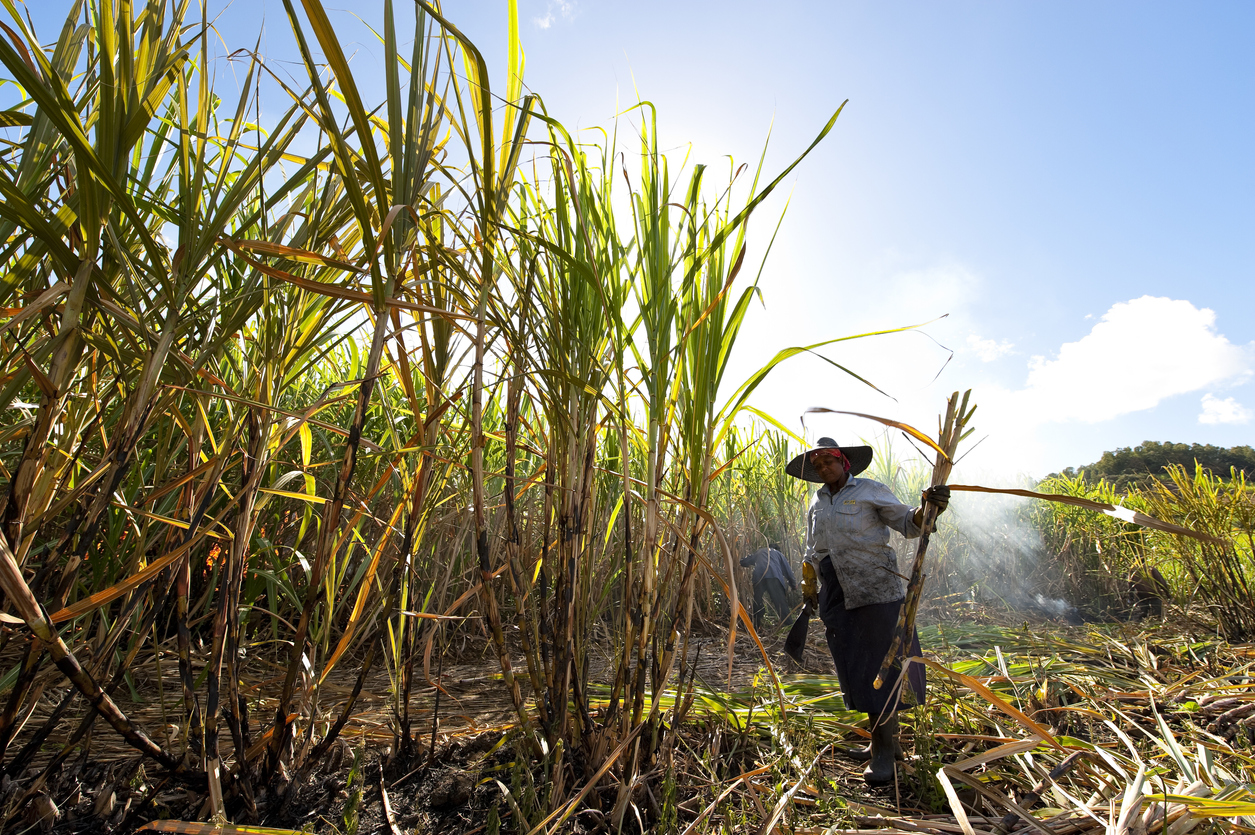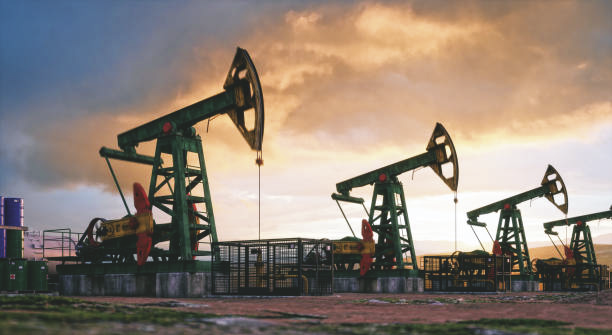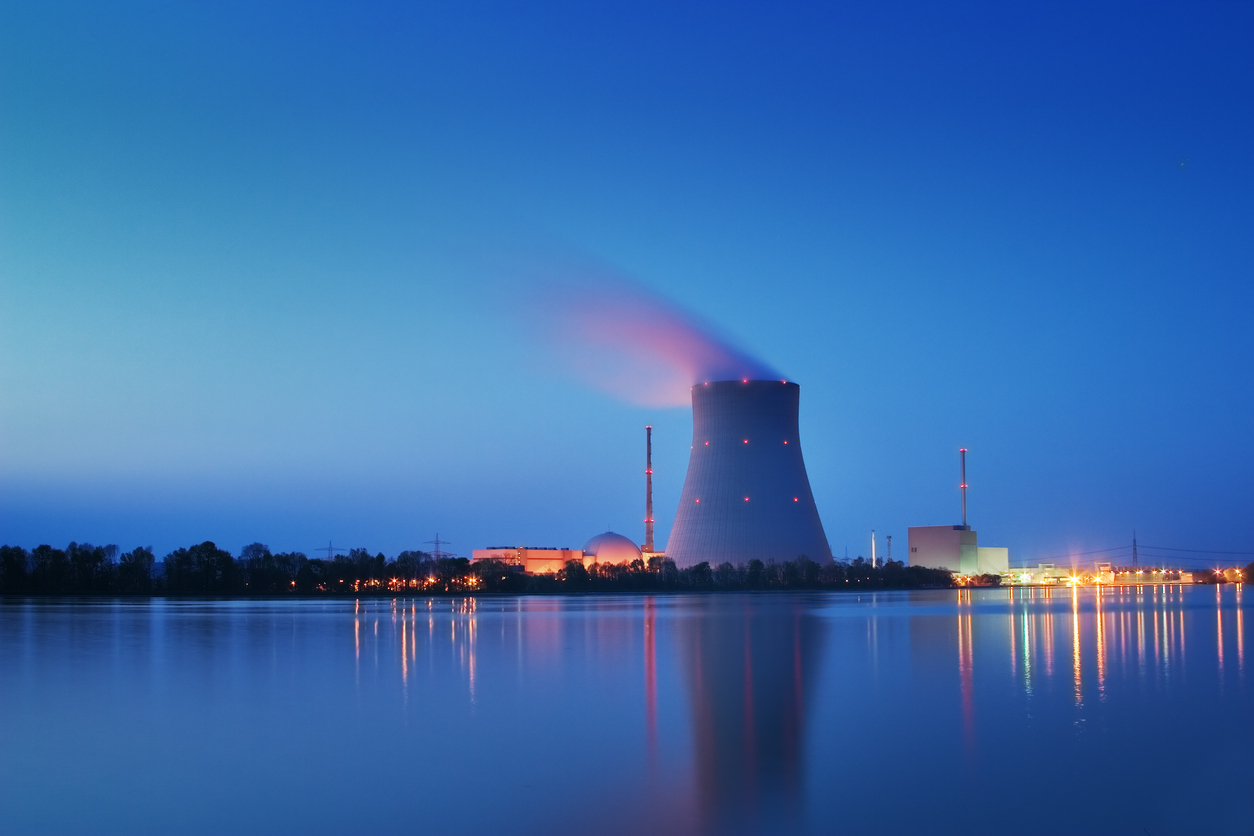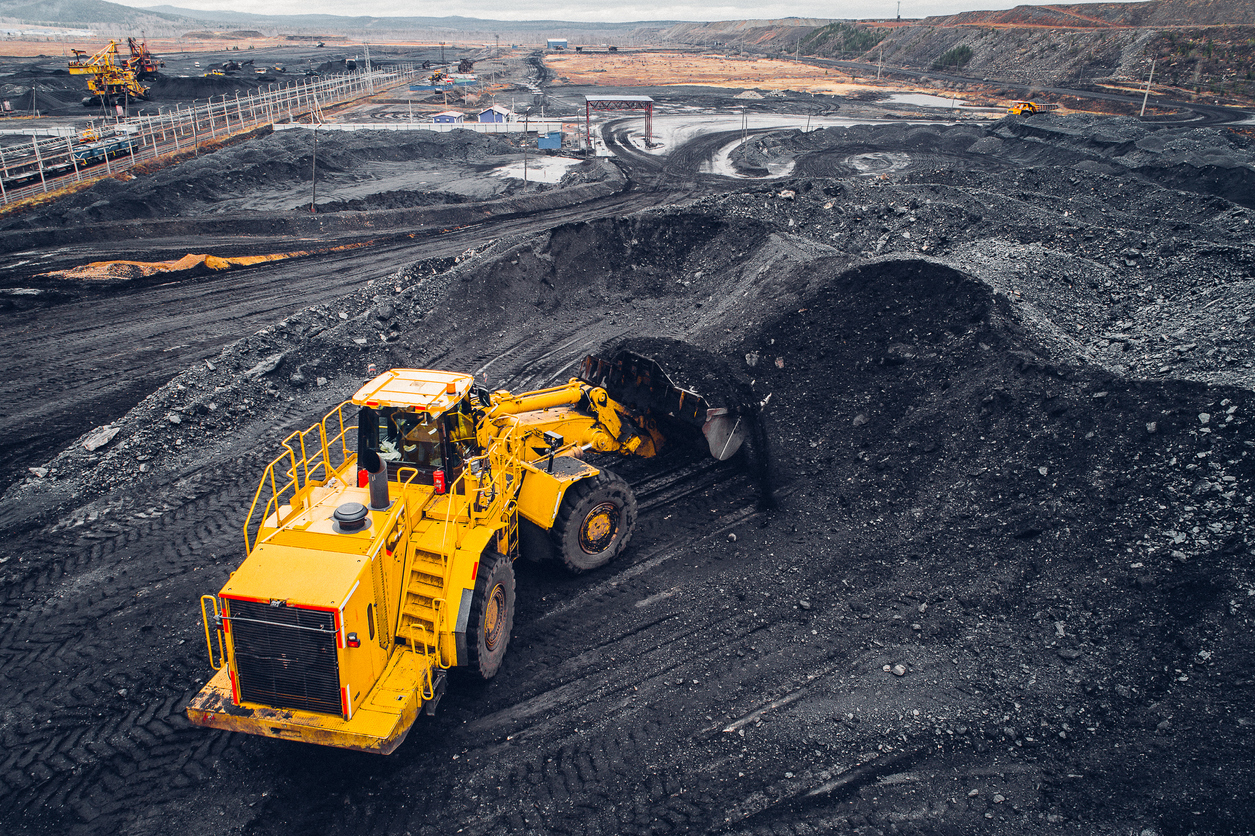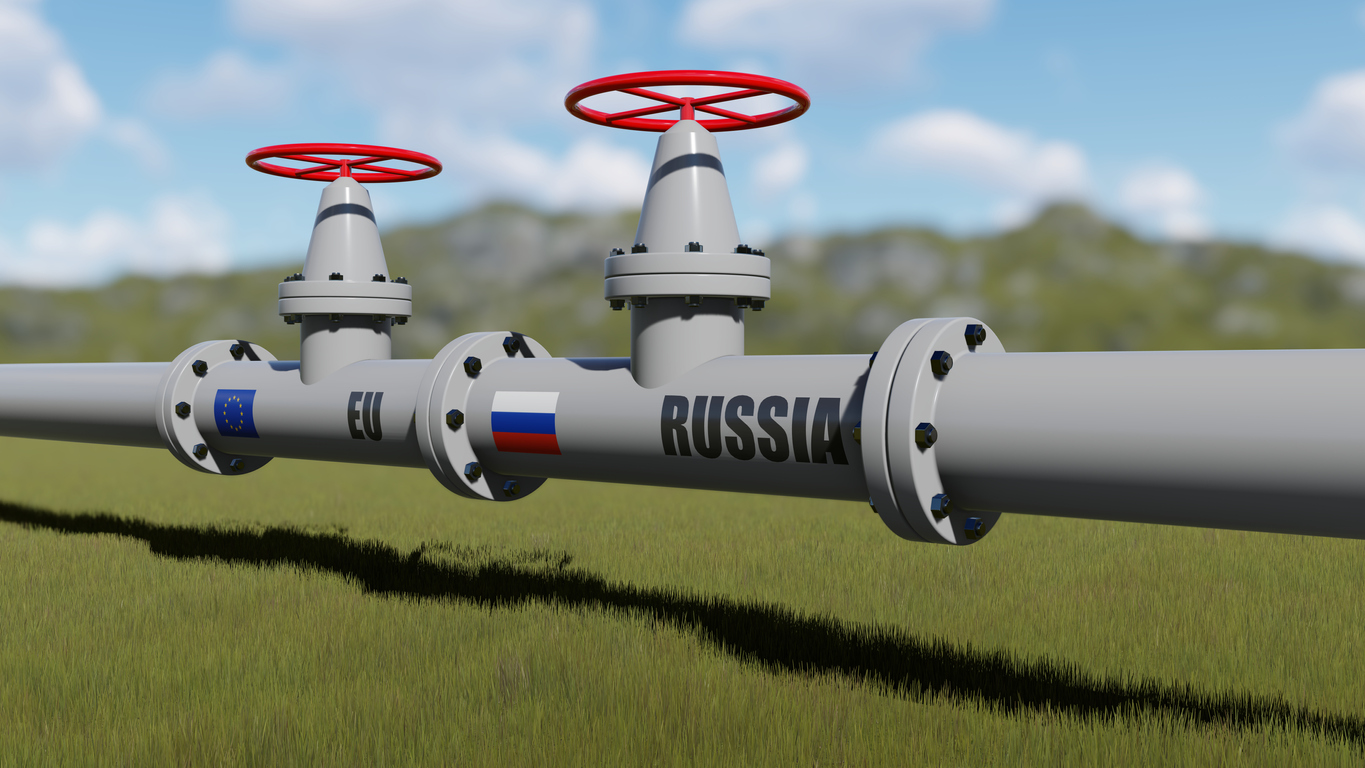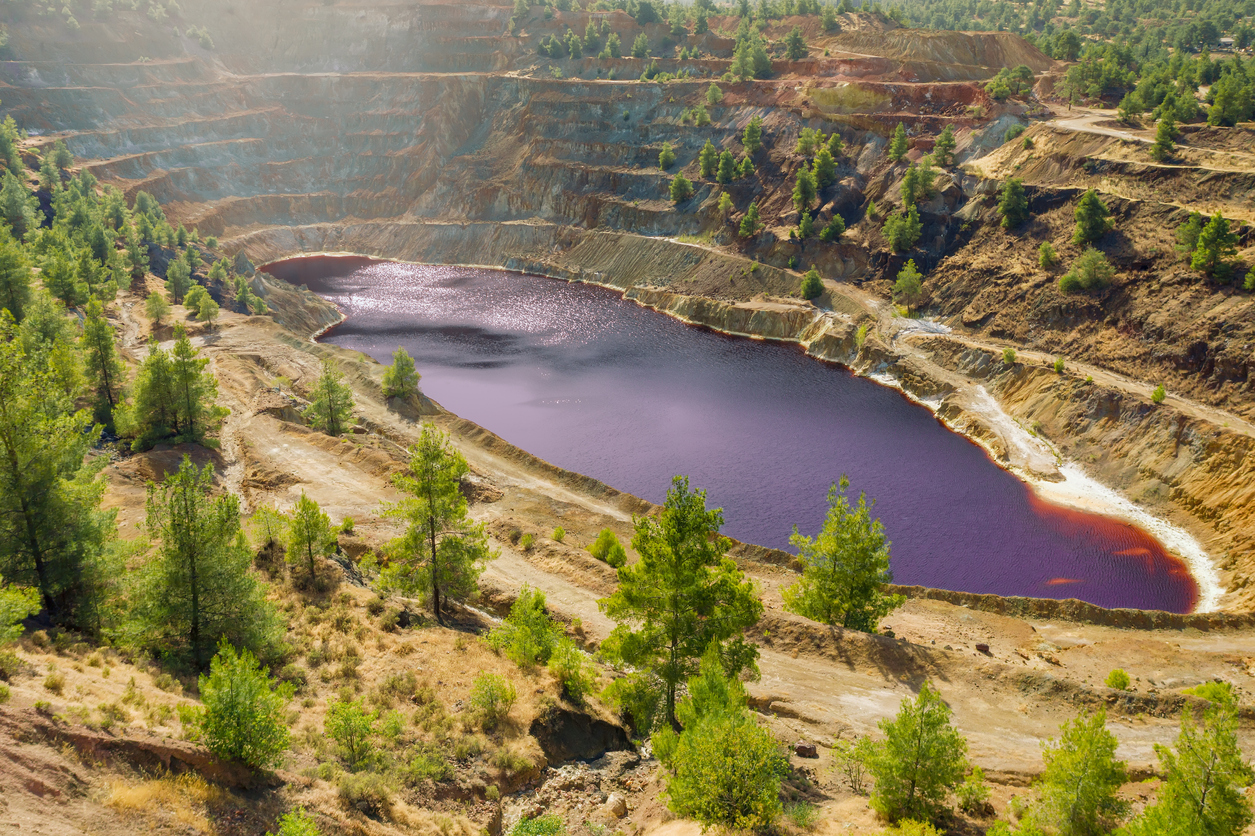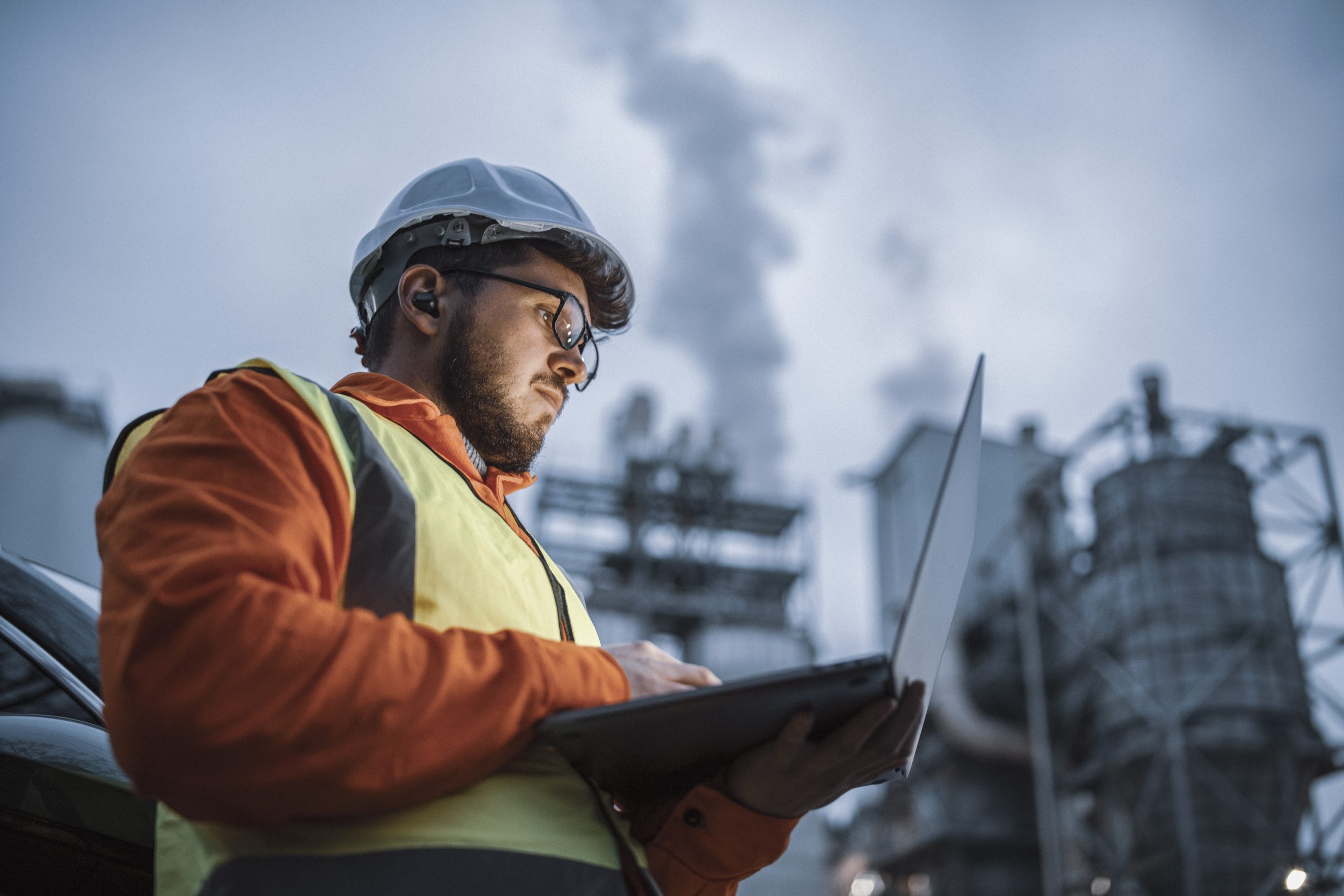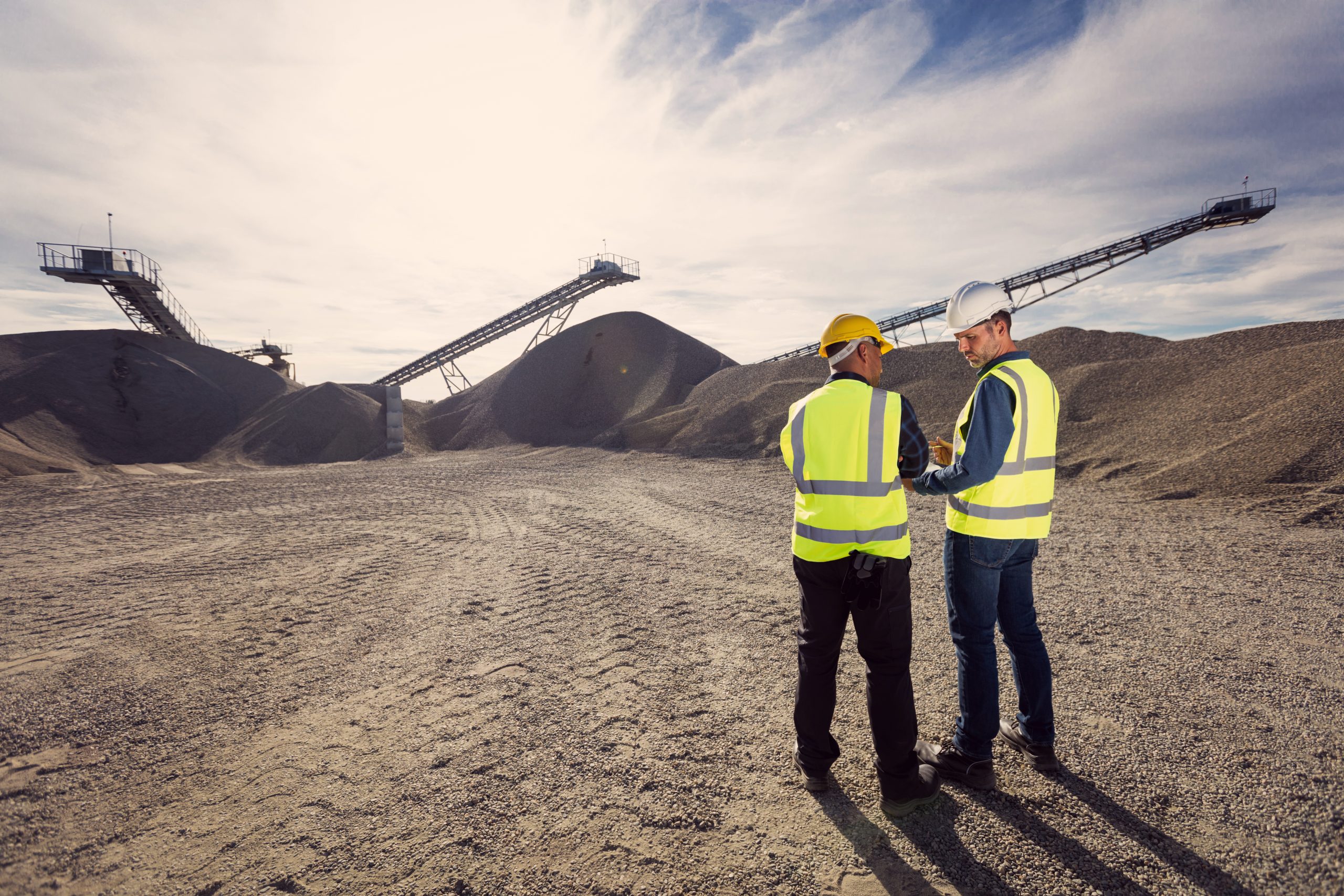If you have an interest in energy, heavy industry or simply ESG you cannot fail to have seen the news towards the end of last year – that the UK has approved its first coal mine for many years. The mine will extract coking coal to be used in the steel industry and aims to be net zero in its operations, whilst contributing to local employment. This decision causes consternation or delight depending on your viewpoint or employment status.
In the insurance industry, many of us immediately think about things through another lens altogether – risk. It is impossible today to not consider the ESG implications for the business in terms of how writing certain risks can affect one’s own ESG pathway and reputation. This is a subject where having some vision of how society is changing and what the landscape may look like in future years requires some serious consideration. We know that history shows looking backwards to old standards and behaviours gives little defence.
Understanding insurance risk
Insurers who specialise in underwriting this industry segment have a very good understanding of the historical risks that insureds’ need to manage, but these risks are expanding with the challenges of new threats such as cyber and the affect that an attack could have on systems and health and safety.
Mining itself always carries a certain amount of risk, whatever the raw material is that you are trying to extract. Anyone who has watched the global news over the last decade or so will have spotted disasters involving coal miners becoming injured or killed, equipment lost and other damage to property etc.
In the UK we have had our fair share of disasters when we look at the history books dating back to explosions that killed 361 miners and rescuers (Yorkshire) in 1866, 270 miners (South Wales) in 1878, 295 miners (South Wales) in 1894 and 439 men and a rescuer (South Wales) in 1913. More recently in 1979, an explosion killed 3 men in Lancashire. Probably the most famous mining disaster was the Aberfan disaster in 1966 after the collapse of a colliery spoil tip. This event tragically led to the deaths of 116 children and 28 adults.
If we look globally there too, we find horror stories of major losses such as the Sunjiawan mine disaster in China in 2005 that killed 214 or the Upper Big Branch mine disaster in West Virginia, USA that killed 29. These more recent losses tell us this remains an industry where risk mitigation is key.
Finally, we come to the risks the industry itself is battling with away from ESG. These are broadly: –
- Productivity and costs
- New business models
- Workforce
- Digital and innovation
- Uncertain demand
- Capital
- Geopolitics
- License to operate
Each one of these risks brings its own need to be managed and controlled where this is possible. The investment being made in this industry stretches well beyond an argument over ESG.
So, whichever way you look at things, modern coal mining remains an extremely challenging industry both for itself and its partners. We will be watching with interest to see how all the risks we have mentioned are managed.
The statements or comments contained within this article are based on the author’s own knowledge and experience and do not necessarily represent those of the firm, other partners, our clients, or other business partners.






